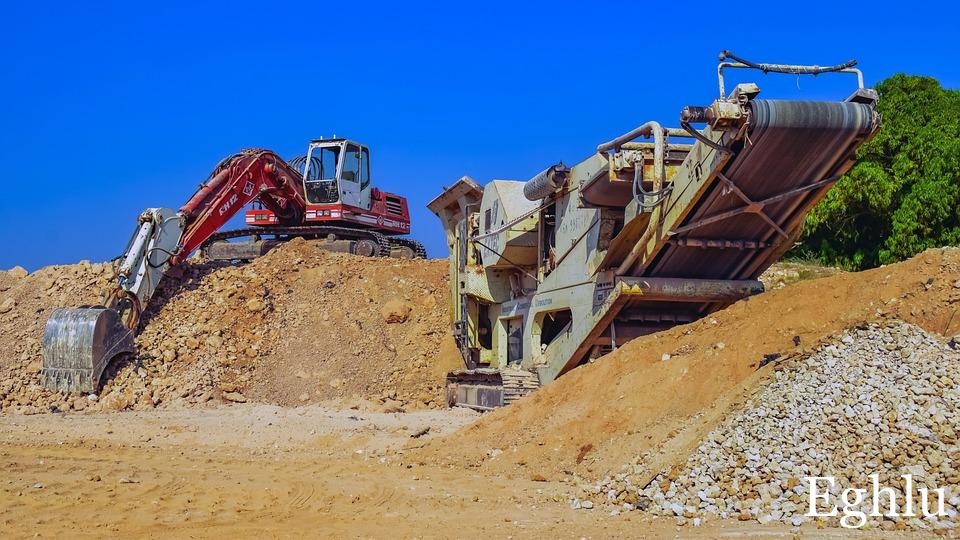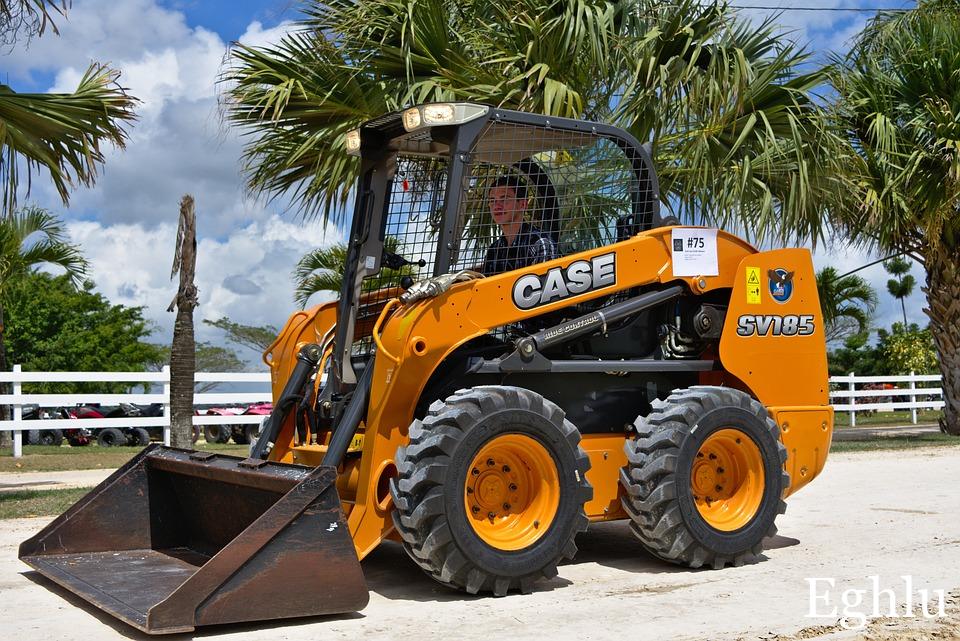17 Must-Know Tips for Heavy Equipment Leasing Success: Unlock the Power of Efficient Machinery Management Today!
The Benefits of Heavy Equipment Leasing
Heavy equipment leasing has become increasingly popular among businesses in various industries. It offers numerous benefits, including cost savings, flexibility, and access to the latest technology. By leasing heavy machinery instead of buying it outright, companies can conserve capital, minimize maintenance costs, and stay competitive in a rapidly evolving market.
However, to truly unlock the power of efficient machinery management through leasing, businesses need to follow these 17 must-know tips:
1. Assess Your Needs Before Leasing
Before signing a lease agreement for heavy equipment, it’s essential to determine your specific needs. Consider factors such as the type of machinery required, the duration of the lease, and the usage frequency. By assessing your needs in advance, you can select the right equipment that meets your operational requirements.
2. Research Different Leasing Options
There are various leasing options available for heavy equipment, such as operating leases, finance leases, and lease purchase agreements. Research each option carefully to understand the terms, conditions, and benefits associated with them. Choose the leasing structure that aligns with your business goals and financial capabilities.
3. Understand the Lease Agreement Thoroughly
Before signing a lease agreement, make sure to read and understand all the terms and conditions. Pay attention to important details such as lease duration, lease payments, maintenance responsibilities, and end-of-lease options. Seek clarification from the lessor if any terms are unclear or ambiguous.
4. Consider Equipment Maintenance and Repairs
When leasing heavy equipment, factor in maintenance and repair costs into your budget. Determine whether the lessor covers maintenance expenses or if they are your responsibility. Choose equipment with a reliable maintenance history to minimize downtime and repair costs.
5. Opt for Flexible Lease Terms
Flexibility is key when leasing heavy equipment. Look for lease agreements that offer flexibility in terms of lease duration, payment options, and equipment upgrades. Flexibility allows you to adapt to changing business needs and market conditions without incurring additional costs.
6. Negotiate Competitive Lease Rates
Leasing heavy equipment is a significant investment, so it’s important to negotiate competitive lease rates with the lessor. Compare rates from multiple leasing companies and leverage your negotiation skills to secure the best terms. Lower lease rates can lead to substantial cost savings over the duration of the lease.
7. Ensure Proper Insurance Coverage
Insurance is a crucial aspect of heavy equipment leasing to protect your business from unforeseen events such as theft, vandalism, or accidents. Ensure that the leased equipment is adequately insured with comprehensive coverage. Verify the insurance requirements with the lessor and comply with all insurance provisions.
8. Plan for Equipment Disposal
At the end of the lease term, you will need to make arrangements for equipment disposal or return. Determine the condition of the leased equipment and plan for its disposal in compliance with the lease agreement. Evaluate your options for purchasing the equipment, extending the lease, or returning it to the lessor.
9. Maintain Accurate Equipment Records
Proper record-keeping is essential for efficient machinery management during the lease term. Keep accurate records of equipment usage, maintenance schedules, repairs, and lease payments. Organized records enable you to track equipment performance, monitor costs, and comply with lease agreement requirements.
10. Train Your Operators
Well-trained operators are essential for maximizing the efficiency and safety of leased heavy equipment. Provide comprehensive training to your operators on equipment operation, safety protocols, and maintenance procedures. Trained operators can prevent accidents, minimize equipment damage, and extend the lifespan of the leased machinery.
11. Implement Preventive Maintenance Practices
Preventive maintenance is key to prolonging the lifespan and performance of leased heavy equipment. Develop a maintenance schedule for routine inspections, lubrication, cleaning, and repairs. Adhering to preventive maintenance practices can prevent costly breakdowns, reduce downtime, and ensure optimal equipment performance.
12. Monitor Equipment Utilization and Performance
Regularly monitor the utilization and performance of leased equipment to identify inefficiencies or issues. Track key performance indicators such as equipment uptime, fuel consumption, and productivity levels. Utilize telematics technology to collect real-time data on equipment usage and performance for informed decision-making.
13. Invest in Equipment Upgrades and Technologies
To stay competitive in your industry, consider investing in equipment upgrades and technologies during the lease term. Upgrading to newer models or incorporating advanced technologies can enhance equipment efficiency, productivity, and safety. Consult with the lessor about potential upgrades and their impact on lease terms.
14. Evaluate Lease vs. Buy Options
Before committing to a heavy equipment lease, evaluate the pros and cons of leasing vs. buying. Consider factors such as upfront costs, maintenance expenses, tax implications, and financing options. Compare the total cost of ownership for leasing vs. buying to determine the most cost-effective solution for your business.
15. Communicate with the Lessor Regularly
Maintain open communication with the lessor throughout the lease term to address any concerns or issues promptly. Report equipment malfunctions, maintenance requests, or lease agreement modifications in a timely manner. Effective communication fosters a positive relationship with the lessor and ensures smooth equipment management.
16. Review and Renew Lease Agreements Timely
As the lease term approaches its expiration date, review the lease agreement terms and conditions to prepare for lease renewal or return. Assess the condition of the leased equipment, negotiate lease renewal terms, and update the lease agreement as needed. Renewing the lease in a timely manner prevents disruptions in equipment operations.
17. Seek Professional Advice and Assistance
If you are new to heavy equipment leasing or require expert guidance, seek professional advice from consultants, brokers, or legal experts. Consult with industry professionals to gain insights on lease agreements, equipment selection, and leasing strategies. Professional assistance can help you make informed decisions and optimize your machinery management practices.
Conclusion
In conclusion, heavy equipment leasing offers a cost-effective and flexible solution for businesses to access and manage machinery efficiently. By following these 17 must-know tips for heavy equipment leasing success, businesses can unlock the power of efficient machinery management and maximize their operational capabilities. From assessing needs and negotiating lease rates to implementing preventive maintenance practices and renewing lease agreements, each tip plays a crucial role in ensuring successful equipment leasing. Incorporate these tips into your machinery management strategy to drive productivity, reduce costs, and stay competitive in a dynamic industry landscape.
As you embark on your heavy equipment leasing journey, remember to prioritize safety, compliance, and sustainability in your equipment operations. Leverage technology, training, and best practices to optimize the performance and longevity of leased machinery. By adopting a proactive and strategic approach to heavy equipment leasing, you can achieve long-term success and growth for your business. Unlock the power of efficient machinery management through leasing today and reap the benefits of enhanced productivity and profitability.
[wpcode id=”1079″]

